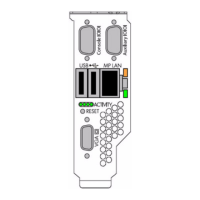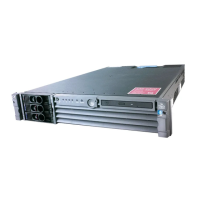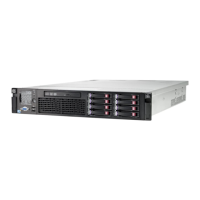B EFI Utilities
This appendix provides an overview of the EFI Extensible Firmware Interface (EFI) and the
EFI-Based Setup Utility (EBSU). The EFI provides access to the server at a pre-operating system
, which enables you to flash the firmware, partition the hard disk, install diagnostic tools, configure
storage controllers, and run other EFI utilities.
Introduction to EFI
The Extensible Firmware Interface (EFI) is an interface between the operating system, the firmware,
and the hardware. EFI serves the same purpose on Itanium-based computers as BIOS does on
x86-based computers. EFI provides a standard environment for running preboot applications
and for booting the OS.
HP Integrity servers use EFI to initialize the platform firmware and load the OS. After the system
is initialized, EFI provides two interfaces with which you can interact:
• EFI Boot Manager
• EFI Shell
EFI Boot Manager
First displayed when you power on the server, the EFI Boot Manager provides a menu-based
interface with options for booting the OS, loading EFI applications, configuring the server, and
other preboot operations. You use arrow keys to traverse menus.
Figure B-1 EFI Boot Manager
EFI Shell
Available as a selection from the EFI Boot Manager, the EFI Shell provides a command-line
interface from which you can get information about the system, install an OS, boot the OS, execute
batch scripts, launch EFI applications, load EFI drivers, and manage files and system variables.
See Also
• EFI documentation:
http://developer.intel.com/technology/efi/help/efidocs.htm
• EFI Shell commands:
From the EFI shell, enter help or ? at the EFI prompt for a list of EFI Shell commands.
Introduction to EFI 81

